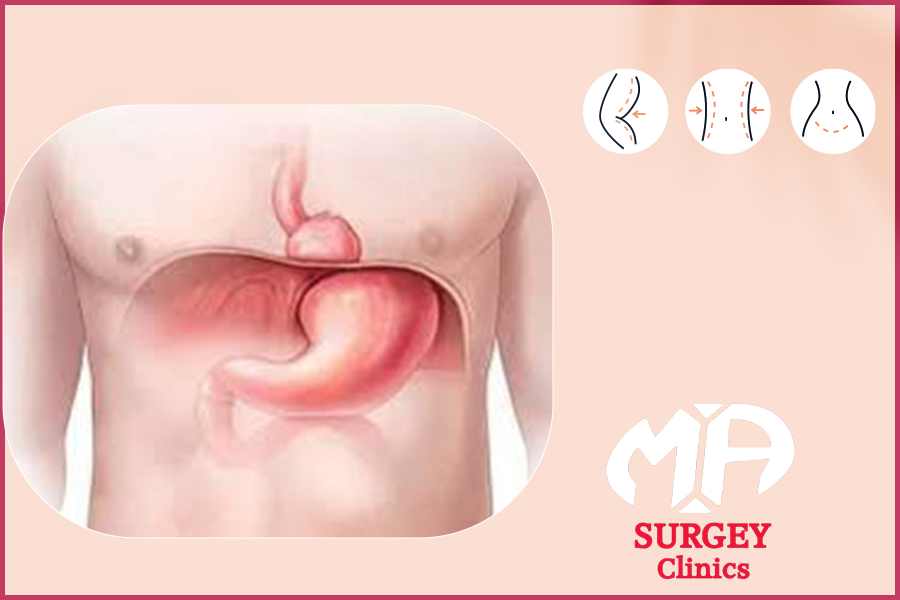Laparoscopic hiatal hernia repair
A hiatal hernia is a condition in which part of the stomach bulges into the chest cavity through an abnormal opening in the diaphragm, which can cause gastroesophageal reflux, difficulty swallowing, and chest pain.
🔹 How is laparoscopic repair performed?
✔️ The surgery is performed laparoscopically through small incisions in the abdomen.
✔️ The stomach is placed back in its normal position below the diaphragm.
✔️ The opening in the diaphragm is narrowed to prevent the stomach from refluxing into the chest cavity.
✔️ In some cases, a Nissen fundoplication procedure is performed, which wraps the top of the stomach around the esophagus to prevent reflux.
🔹 Advantages of laparoscopic surgery:
✔️ Less postoperative pain compared to traditional surgery.
✔️ Faster recovery, as the patient can leave the hospital the next day.
✔️ Small scars instead of large incisions.
✔️ Significant improvement in gastroesophageal reflux symptoms.
🔹 Possible Risks:
⚠️ Temporary difficulty swallowing after surgery.
⚠️ Possible recurrence of the hernia in some cases.
⚠️ Abdominal bloating or gas due to the altered reflux mechanism.
💡 This procedure is the ideal solution for treating severe hiatal hernias and improving quality of life for patients with chronic symptoms. 🏥💙


